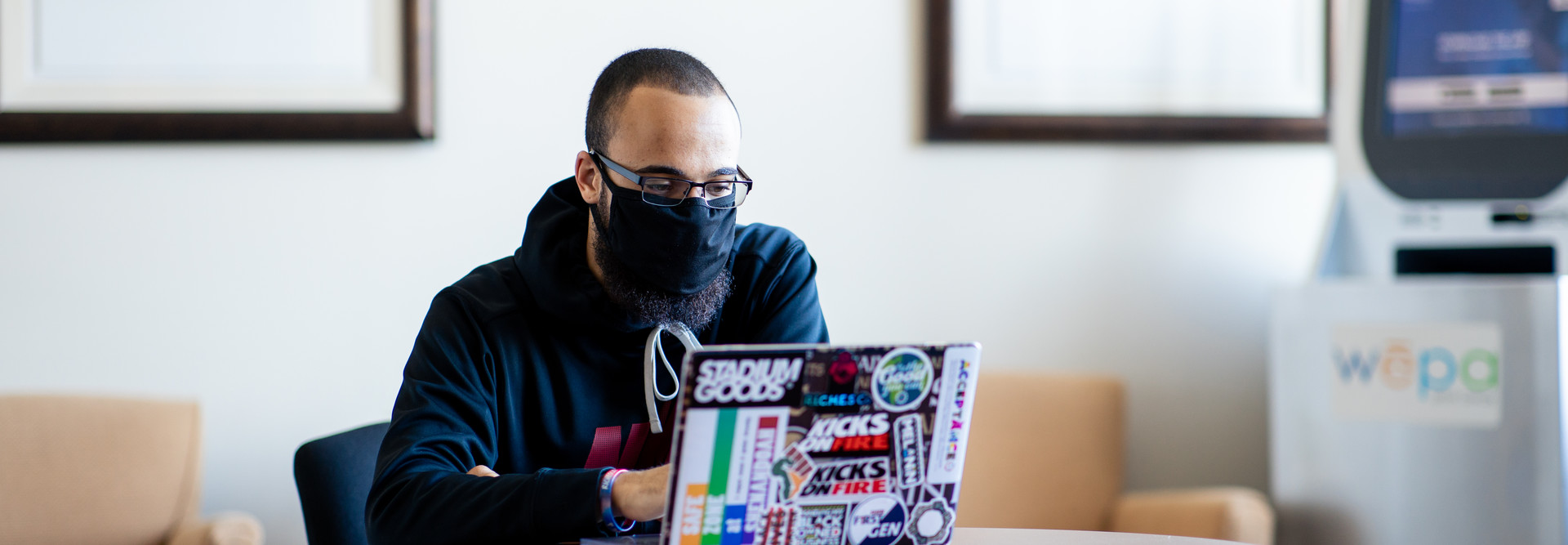Getting Devices to Remote Learners
When Shenandoah transitioned to remote learning in spring 2020, they endured some logistical hiccups. Since the university placed the order, Apple could only deliver devices to Shenandoah’s campus, not the individual homes of remote learners.
The two-to-one device program was at risk of stalling during a time when students needed the technology the most. That’s when Apple partnered with CDW•G to avoid logistical disruptions.
We were able to pivot quickly to deliver those technologies to individual homes because we have 1 million square feet of distribution space. With 50,000 square feet of configuration space, we could also offer asset tagging, as well as custom imaging, laser engraving and kitting.
READ MORE: Simplify device procurement with the right IT partner.
This way, each incoming freshman received two devices with a welcome letter that included a variety of custom logo stickers. This helped Shenandoah University invoke school pride and create an instant connection with students who were miles away.
During times of uncertainty, working with a partner can be critical for getting devices to students on time – while also meeting Gen Z’s expectations for user experience. Our facilities can handle 8,000 configurations a day. For items that are in stock, we ship 94 percent of credit release orders within 24 hours.
Since we work closely with diverse manufacturers and distributors, we have insider supply chain insights that can help universities forecast demand. This way, we can ensure those technologies are available by the time you need them.
RELATED: Here are five tips for avoiding supply chain disruptions in higher ed.
A Smart Financial Model for Laptop Loaner Programs
Full-time students lease the iMLearning devices through a fee included in each semester’s tuition payment. Students who remain enrolled all eight semesters may keep these technologies upon graduation. Spreading payments throughout the technology’s lifecycle makes it affordable for students and universities.
For those who don’t finish the program, our partnership with Apple Financial Services allows students to trade in those devices for credit toward another purchase. Residual value can be gained back as the device ages. When the device is returned, the user ends up paying less than what it would have cost to purchase the device upfront.
This makes it financially feasible for universities and colleges to provide new devices for each incoming student, which is important because young people today are cognizant of the latest tech trends. Giving them older, used devices can hamper the user experience — and create a bad impression of your university.
As higher education institutions prepare for a steep enrollment decline expected to start as early as 2026, student-centric device programs like these are more important than ever before. It’s time to give these initiatives a better financial model.
This article is part of EdTech: Focus on Higher Education’s UniversITy blog series.












